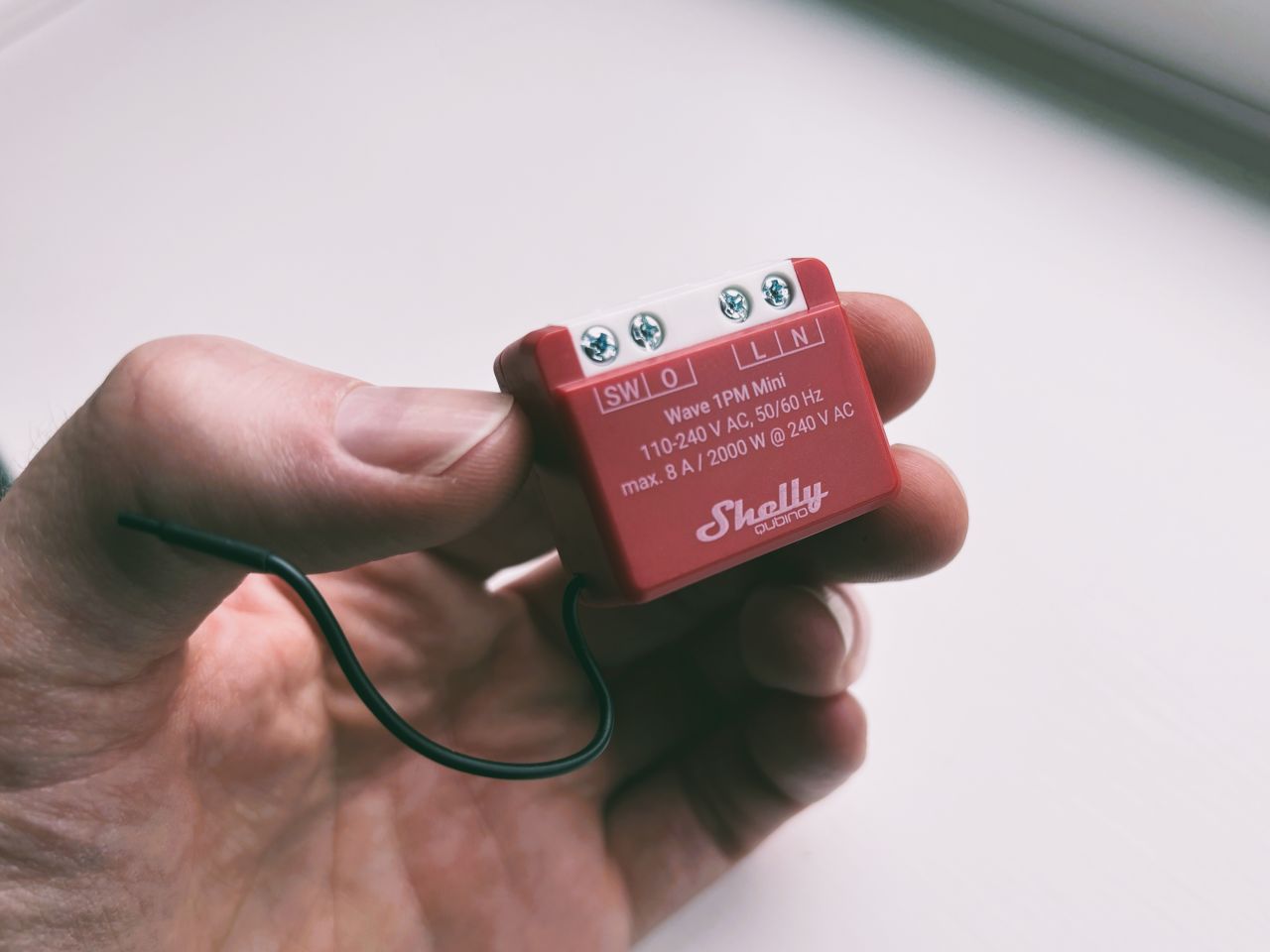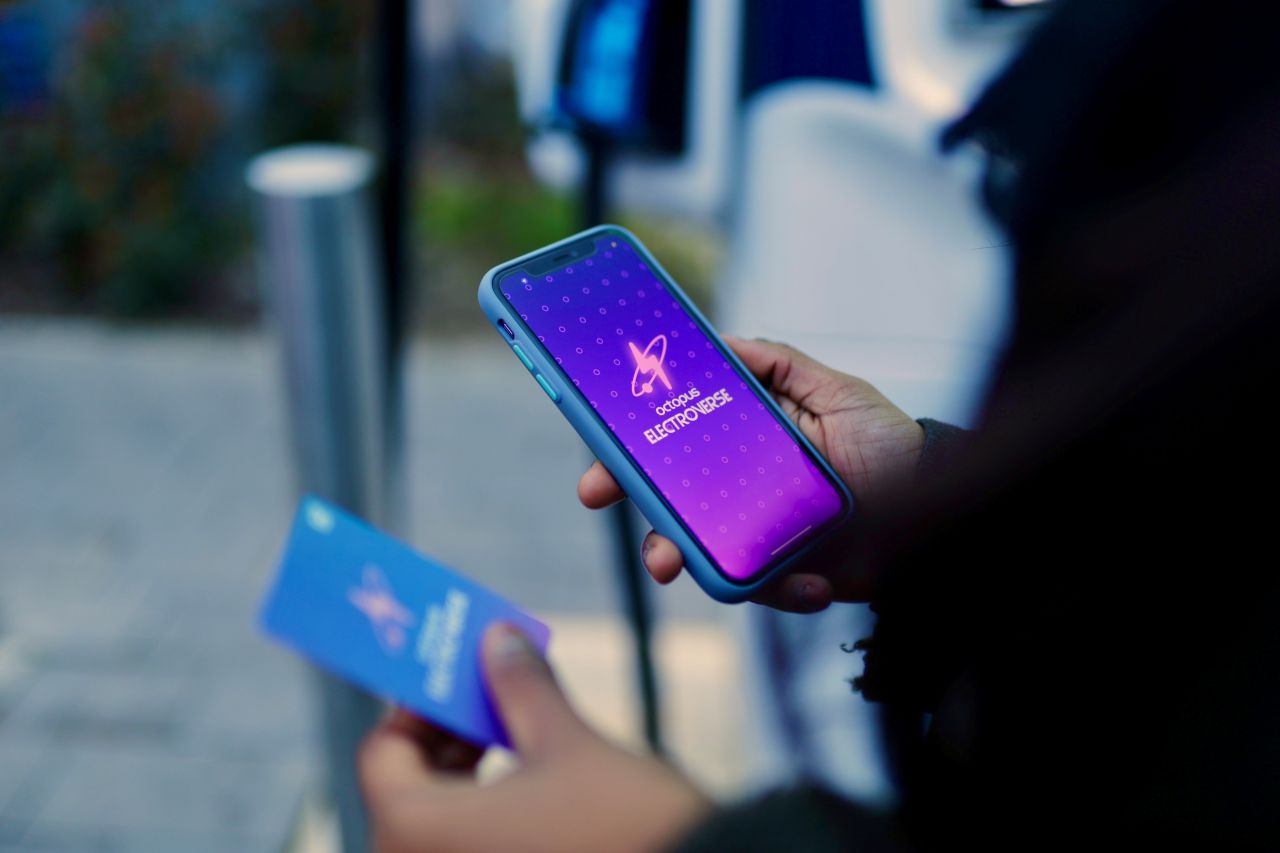My concept of the “perfect” smart light switch is best described through a series of constraints:
- It must be usable when the home automation controller is offline.
- It must be usable without an internet connection.
- Its appearance must match other (dumb) switches and sockets in my home.
- It must not require special knowledge to operate.
The most common form of smart light – the smart bulb – fails on points 1, 3, and 4 (sometimes 2 as well), as typically the original switch must be left on at all times, and a second wireless switch used instead.
Excluding smart bulbs does mean forgoing dimmable lighting 1, but I’m ok with that.
Another solution is a light switch with an integrated relay, however these fail on point 3, and often require unusually deep back boxes.
Relay modules
To comply with point 3, the light switch must be original (or another product from the original manufacturer’s catalogue). This means the bulb will need to be controlled by a relay module, with the light switch acting as an input.

The relay module is linked to the home automation controller and sends state updates when operated via the switch. In the event of the home automation controller going offline, the relay continues to be operable via the switch.
The downside of the relay module approach is that they’re often too big to fit behind the light switch, until…
Shelly 1PM Mini
When Shelly introduced their “Mini” module range they solved the size issue (at least for me). These things are so small.
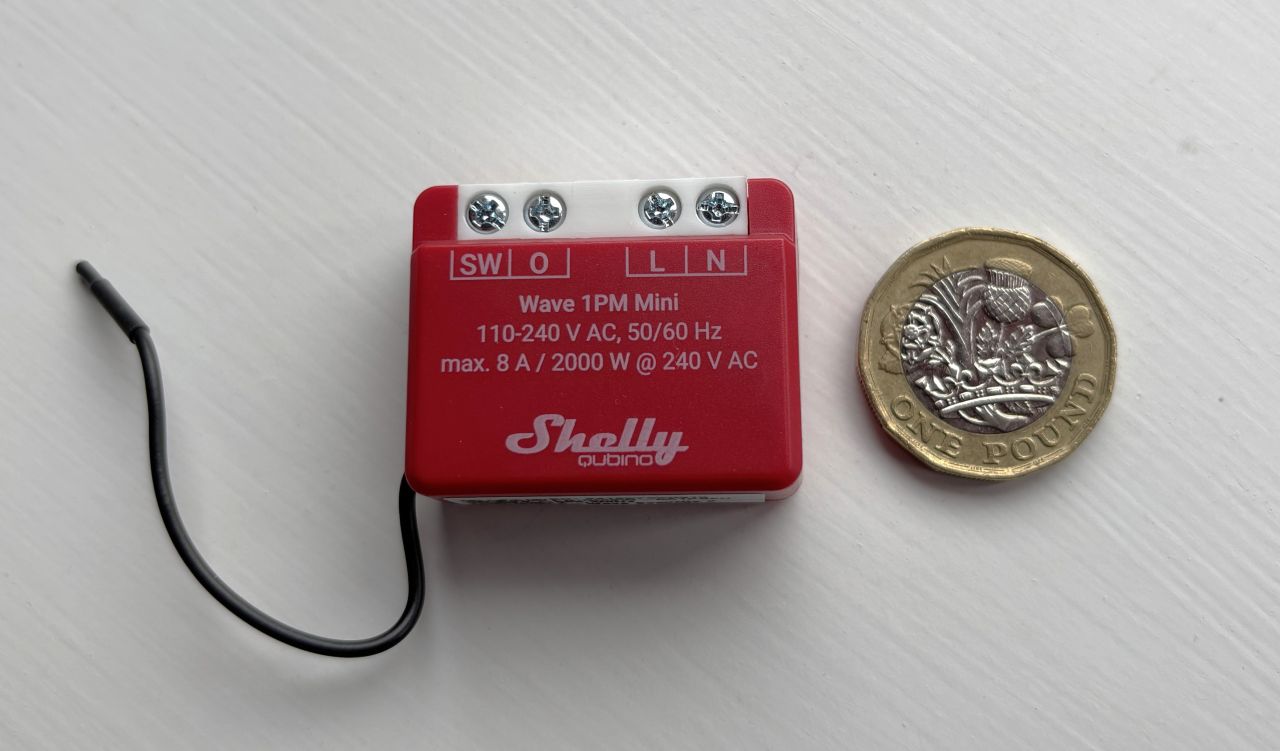
The Shelly 1PM Mini Gen3 communicates via Wi-Fi, and the Shelly Qubino Wave 1PM Mini via Z-Wave.2
As I already have a Z-Wave network, I’m using the Z-Wave version.
The power monitoring is not particularly useful for lights, but it does result in a helpful design feature: the live terminal is routed internally to the output (to facilitate power monitoring), which means the module only needs 4 connections, thus simplifying the wiring in the back box.
Momentary switches
The Shelly 1PM Mini supports two types of input:
- Toggle switch – a traditional switch that stays either up or down.
- Momentary switch – a switch that retracts after being pressed (like a doorbell).
As toggle switches inevitably end up out of sync with the state of the light, I prefer momentary switches.
Domestic electrical accessory manufacturers like MK and Hager have extensive catalogues with switches for almost any situation. As I have Hager switches in my home, I purchased the WMPS12R3, which they refer to as a “push switch”.
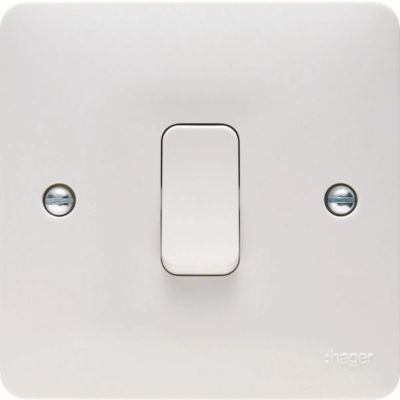
Installation
Being a modern build, my home is wired with 3-core “loop in” and “loop out” cables at each light switch, as well as the 3-core cable that goes to the light fitting.
Using WAGO connectors, instead of terminal blocks, is a vastly superior way of wiring in these types of accessories.
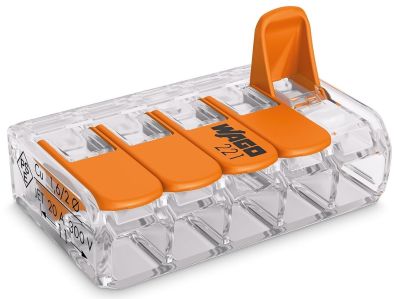
To wire a single gang light switch I use 2x 5 way WAGO 221 connectors. One connects the 4 neutral cores, and the other connects the 4 live cores.
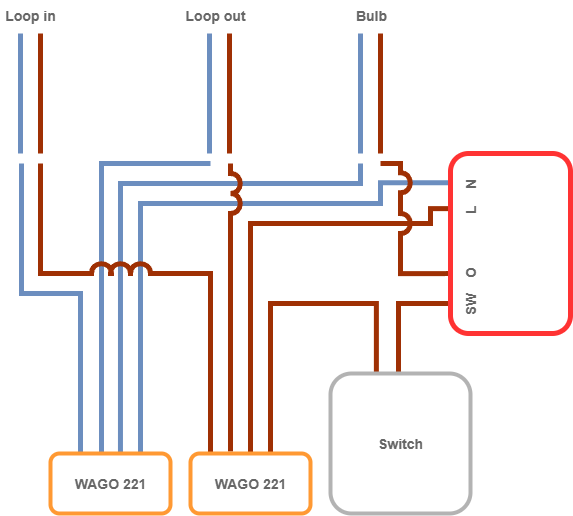
Inside the back box, I position the relay in one corner, and the WAGO connectors in the opposite corner. The metal back box doesn’t affect the Z-Wave signal (which escapes through the plastic of the switch).
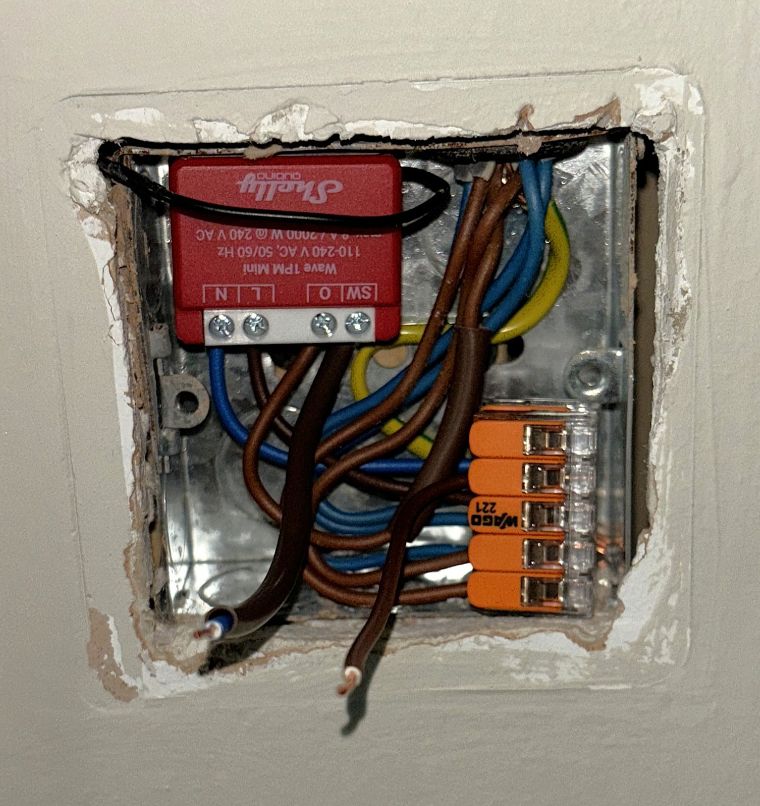
2 gang installations
2 gang installations are possible with a different module. The Shelly Qubino Wave 2PM has two outputs, two switch inputs, and internal routing of the live feed to the outputs (thanks to the power monitoring). This means it only needs 6 connections in total.
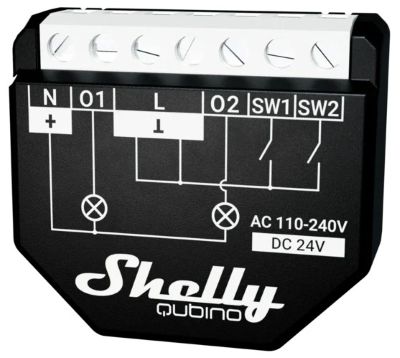
Because my home uses metal back boxes, not plastic “dry line” boxes, I can’t easily replace them to increase the depth.
I therefore decided to install a second back box (to house the module), at the same height as my power sockets, and covered it with a blank Hager plate.
I ran 2 lots of 3-core cable from the original box to the new box.
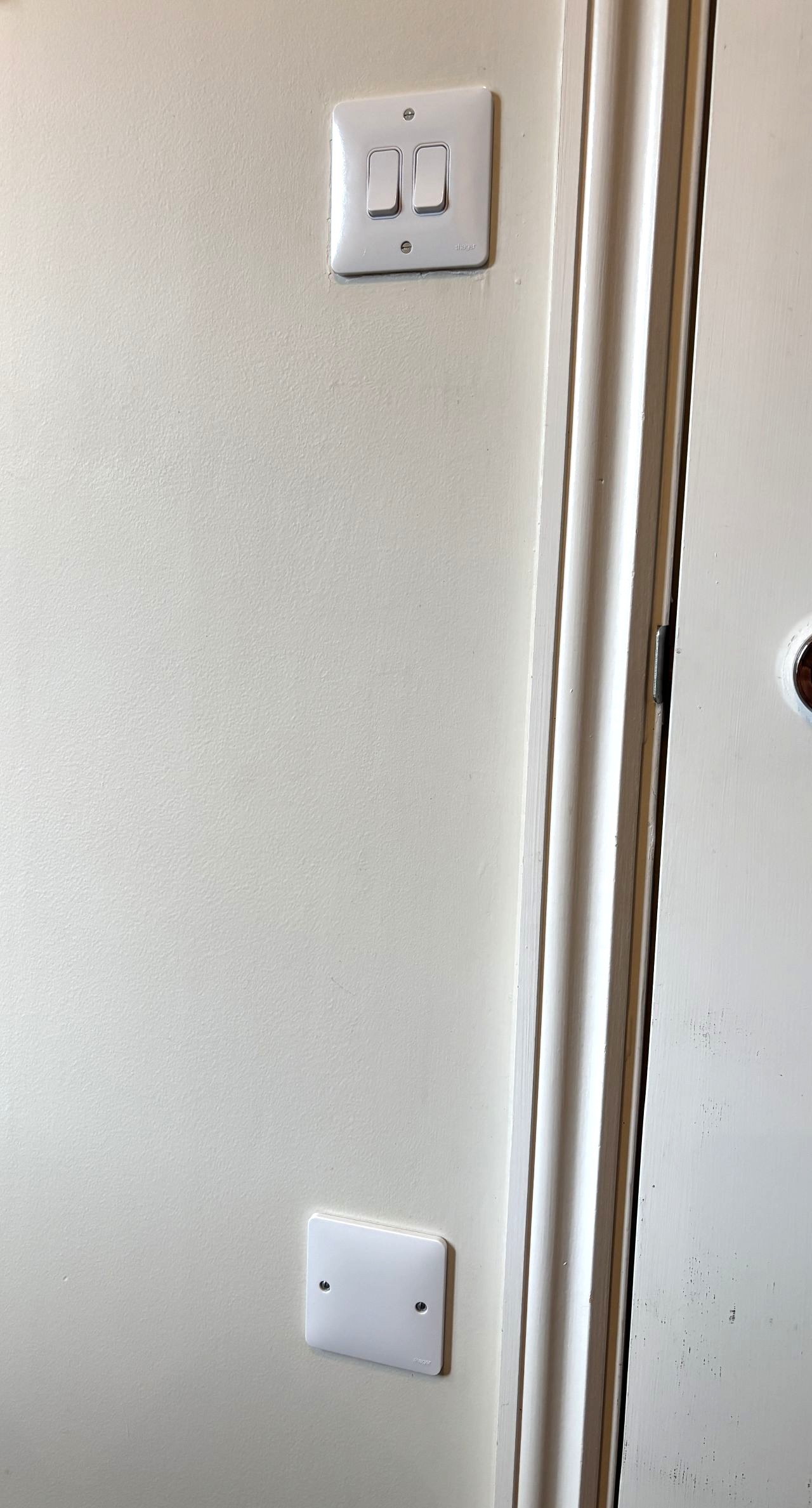
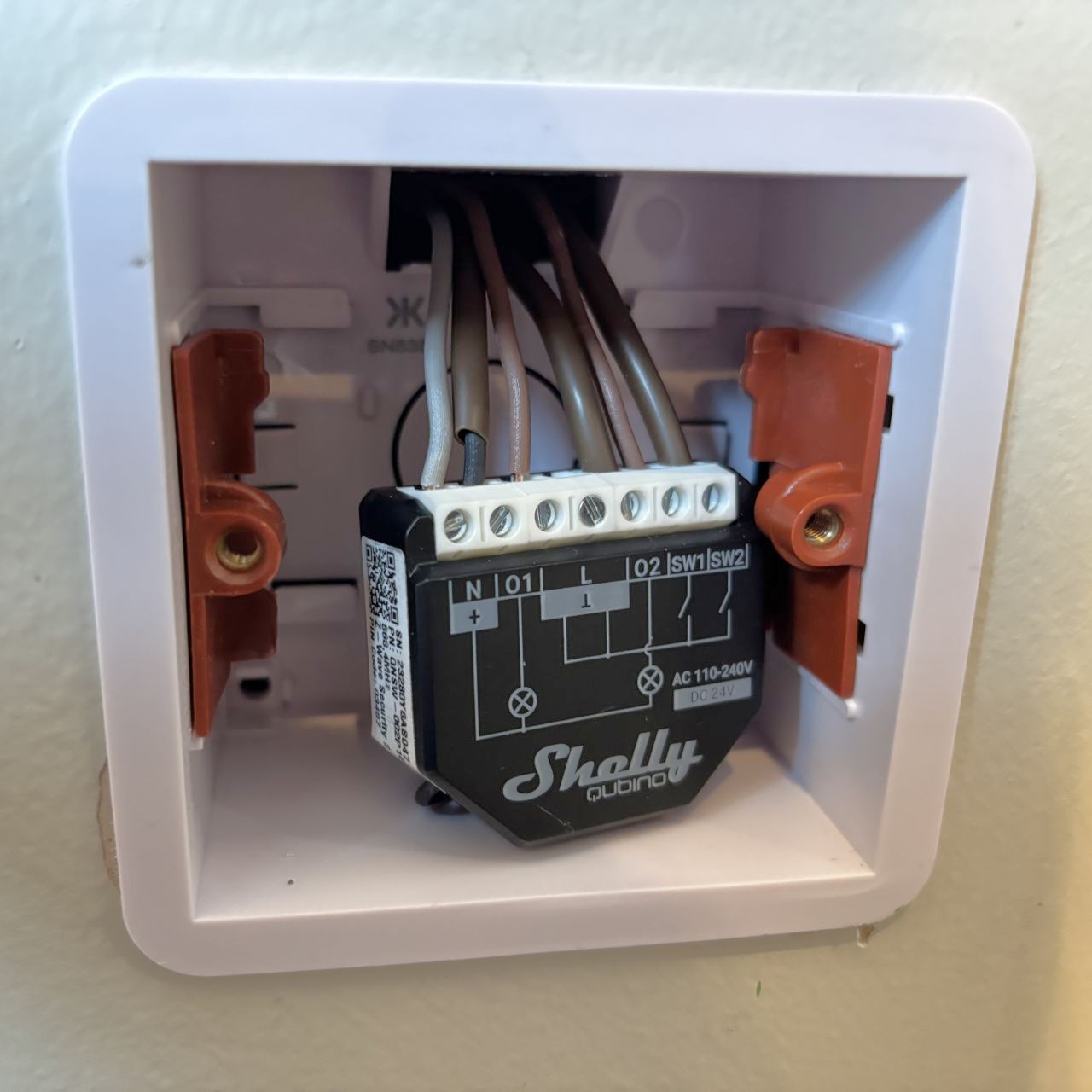
Hager don’t make a 2 gang momentary switch, but using their “grid” system you can build your own. You need:
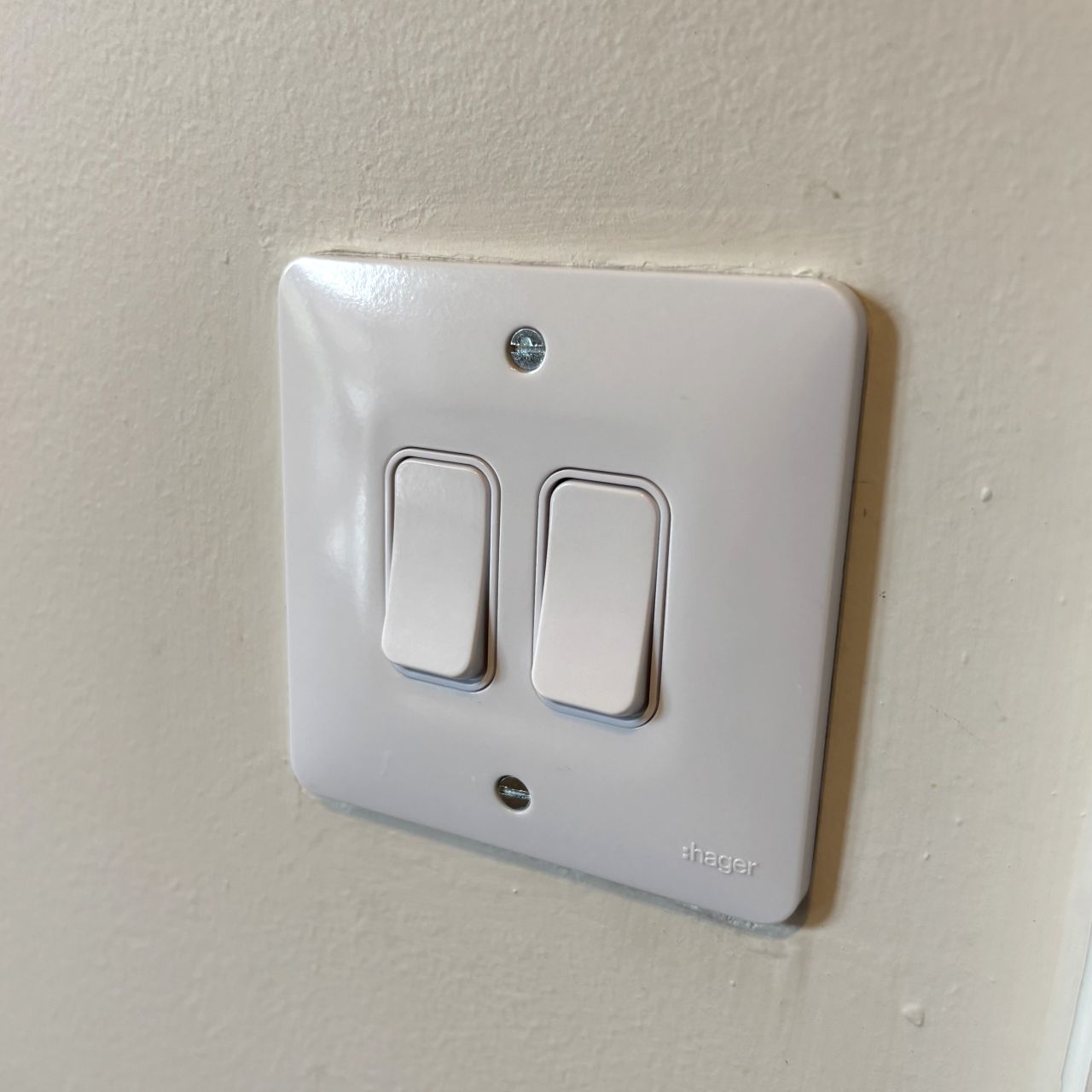
-
This isn’t 100% true, as you can use a dimmer module with a dimmable LED bulb; but in my testing there is always visible flicker. ↩
-
There’s also the newer Shelly 1PM Mini Gen4 with Wi-Fi and Zigbee. ↩
-
Ignore the prices on the Hager site; they’re much cheaper when you buy from retailers like TLC Direct. ↩
